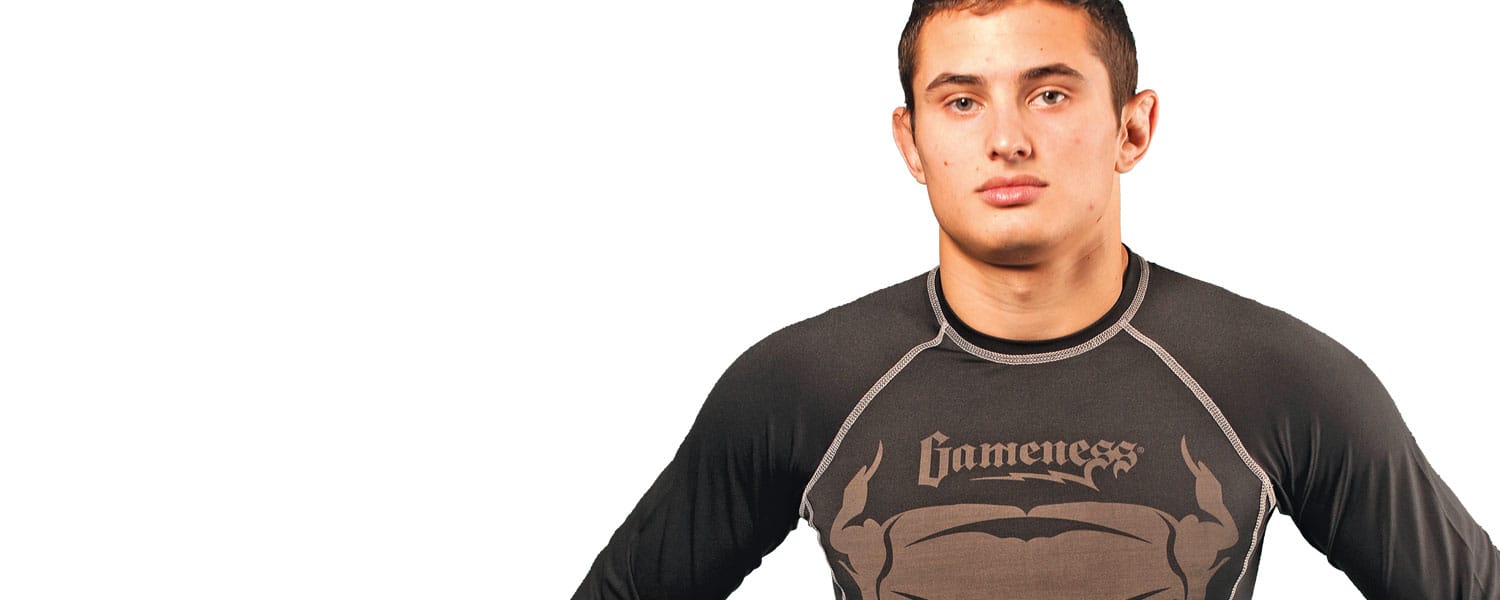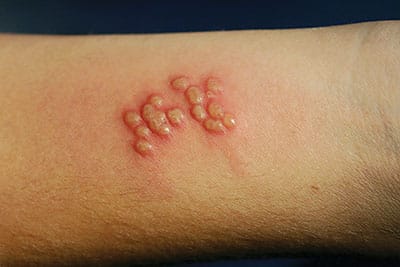Compression Session

Brazilian jiu-jitsu is a very challenging sport. We take beatings, physically and mentally, in our efforts to understand and improve in the gentle art. It’s not uncommon for high-level competitors to be training five or more days a week, with multiple sessions a day. Even hobbyists are spending a dozen hours every week learning our art. This training takes a toll on our muscles, joints, and our ability to recover. In this regard, a lot of attention has been given to nutritional supplements and medications. However, there is another option for athletes that eschew those types of training aids.
In this article I’ll share with you the information I’ve gathered from my review of available literature that has determined the effect compression gear has on several aspects of physical training and performance. Some anecdotal information will be included as well. It’s worth noting that rashguards and spats (grappling tights) are not synonymous with compression gear. Rashguards and spats are excellent pieces of “equipment,” but by and large they do not offer the compression and additional support needed to be considered compression garments. After reading this article, you’ll know what product(s) is right for you and what you can expect from this type of gear.
Physical Protection

Your skin functions as a multi-layered physical barrier to prevent external infections. Additionally, the skin hosts your normal flora, which provides added protection from pathogens, such as ring worm and staph. Mat burns and scratches from fingernails or toenails can compromise the physical integrity of your skin and introduce potential pathogens. Compression gear, rashguards, and spats offer a degree of physical protection from those types of injuries.

There are no inherent anti-microbial or anti-fungal properties to the materials used in these products. For those saying, “What about hemp?” I’d look at the products in question and ask, “Are the anti-infective properties of hemp preserved to any appreciable effect?” Hemp that is blended with other fabrics is not likely to be anti-infective, and garments that are 100% hemp may have some anti-infective properties, but there are just as many people saying that the manufacturing process removes the chemicals that create that effect.
Increased Warmth

A thorough and efficient warm-up is an effective method to prevent muscle strains and pulls. Unfortunately, there are circumstances when an athlete does not or cannot warm-up sufficiently before training. This is common during competition or when training time is limited. Some studies that have measured this effect have corroborated that compression gear does, in fact, increase skin temperature and have shown that compression gear warms the skin up quicker than traditional training clothing. Compression gear, rashguards, and spats can provide additional warmth, which in turn, will reduce your likelihood of soft-tissue injuries. The only caveat is that the gear needs to be of sufficient weight.
Decreased Soreness

Brazilian jiu-jitsu athletes train in a sport that can be very physically demanding and we all cope with muscle soreness at some point. Not only are we constantly drilling and rolling, but many “jiu-jitsueros” are adding in additional strength and conditioning sessions. Muscle soreness can range from an annoying side effect of training to being nearly incapacitating. In these extreme cases it’s not uncommon for athletes to miss training time as they cope with the pain. Perception of muscle soreness is a subjective quality and has been tracked in numerous studies. Every study that tracked this aspect came to the same conclusion, wearing compression gear positively affects the athlete’s perception of muscle soreness. Some researchers suggested placebo effect, while others explain it in terms of increased blood flow due to compression. Debating the root cause of improved perceived pain is interesting from an academic standpoint, but the fact remains that it does work and that’s what matters to the athlete. This benefit is likely related to the compression provided and you may not see the same benefit if you’re using rashguards or spats. To fully realize maximum benefits, continue to wear the gear after training and for an extended period of time.
Enhanced Performance

Specialized clothing has long been discussed as possible performance enhancers. The most startling example in recent years comes from the sport of swimming. Speedo launched the LZR Racer in February of 2008. Within 10 weeks of its launch, swimmers wearing this suit set 35 world records! But before you get too excited, no piece of clothing is going to turn you into a Mundials champion. Five of the articles reviewed looked specifically at improved athletic performance from wearing compression gear. Of those studies only one suggested that athletes using whole body compression performed better at prolonged high-intensity intermittent exercise than those athletes not wearing it. The study hypothesized that the reason for improved performance is due to increased muscle oxygenation and associated benefits. The other four articles found no significant benefit to wearing compression gear. With the data that is currently available, it’s hard to say that compression gear improves performance just by wearing it. However, if it is found to improve performance, that improvement would likely be related to increased muscle oxygenation from compression. Rashguards and spats would not offer enough compression to mimic this effect.
Enhanced Recovery

The number one concern for coaches and most athletes is recovery. Positive responses from training are predicated on recovering fully from your previous session. Athletes with recovery concerns are not only performing at suboptimal levels, but they are also at an increased risk of injury. Compression garments, contrast water therapy, low intensity activity, and passive recovery were examined for effectiveness on recovery of muscle damage (as measure by creatinine kinase) in elite male rugby players. Passive recovery was significantly less effective than all other methods at 36 and 84 hours. There was no statically significant difference between the different recovery methods at any time point. Another study of elite cyclists suggests that compression gear may enhance recovery between bouts (30 minute intervals) of high intensity sprints. This is particularly interesting because there is a similar time frame between matches at some grappling tournaments. Studies have also shown improved recovery rate from resistance training and plyometrics. A study of Cricket players did not show any measureable improvement in recovery metrics. Again, the benefit to recovery is likely dependent on the compression (improved blood flow to muscles) and is not likely to be seen with rashguards and spats. The process of recovery occurs over the course of several days. To maximize the benefit of compression on recovery, the athlete should wear the gear for extended periods of time. Some compression gear is even designed to be slept in.
Durability
In my experience with compression gear from Spun Performance (www.spunperformance.com), Skins (www. skins.net) and CW-X (www.cw-x.com), I’ve found that in all cases the gear has held up better than traditional rashguards and spats. I’m particularly fond of CW-X’s tights, which have enhanced joint support and a drawstring.

So What’s it All Mean?
Compression gear, rashguards, and spats are all capable of helping athletes with physical protection and increased warmth. Improving the efficacy of your warm-ups and reducing your incidence of mat burns, scratches, and strained muscles from training can increase your mat time by preventing the injuries and infections that affect grapplers. This is especially true for those susceptible to skin infections, muscle pulls, and training in cold environments.
Managing post-workout soreness and recovery can also be improved by compression gear. Athletes struggling with soreness and/or recovery (and who isn’t?) should consider using compression gear to improve the quality of their training and comfort throughout the day.
